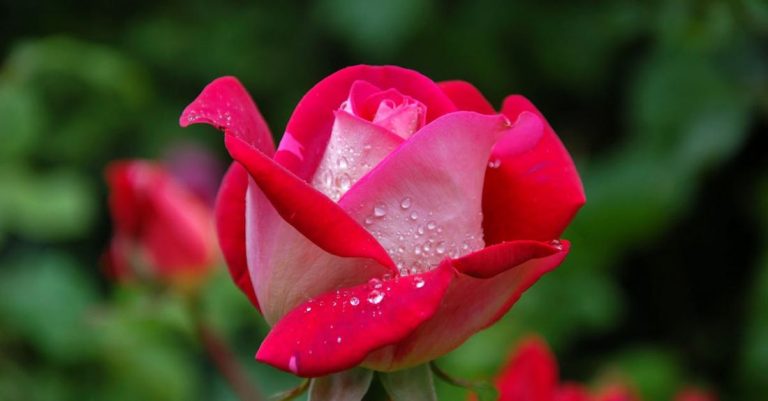
Transitioning your garden between seasons can be a crucial task to ensure the health and vitality of your plants. As the weather changes, your garden requires different care and attention to thrive in the new conditions. By following some simple guidelines and techniques, you can seamlessly transition your garden from one season to the next, keeping it flourishing all year round.
Assess Your Garden’s Needs
Before making any changes or adjustments to your garden, take the time to assess its current state and needs. Walk around and observe your plants, noting any signs of stress, damage, or growth. Look for any areas that may need special attention, such as plants that are struggling or areas that are overcrowded. Understanding your garden’s specific requirements will help you tailor your transition plan effectively.
Prune and Trim
One of the first steps in transitioning your garden between seasons is to prune and trim your plants. Remove any dead or damaged branches, leaves, or flowers to encourage new growth and improve air circulation. Pruning also helps shape your plants and keeps them healthy and vibrant. Be sure to use sharp, clean tools to make clean cuts and avoid spreading diseases.
Divide and Transplant
As your garden transitions between seasons, some plants may need to be divided or transplanted to ensure their continued health and growth. Divide overcrowded perennials to give them more space to thrive and rejuvenate. Transplant any plants that have outgrown their current location or are not thriving in their current spot. Be sure to water and care for transplanted plants properly to help them establish in their new home.
Mulch and Compost
Mulching and composting are essential steps in transitioning your garden between seasons. Apply a layer of mulch around your plants to help retain moisture, regulate soil temperature, and suppress weeds. Use organic materials such as shredded leaves, straw, or compost to provide nutrients to the soil and improve its structure. Composting kitchen scraps and garden waste will help enrich your soil and support the growth of healthy plants.
Adjust Watering and Fertilizing
As the seasons change, so do the watering and fertilizing needs of your garden. Monitor the moisture levels in your soil and adjust your watering schedule accordingly. Water deeply and less frequently to encourage deep root growth and drought tolerance. Fertilize your plants with a balanced, slow-release fertilizer to provide them with the nutrients they need to thrive. Avoid over-fertilizing, as this can harm your plants and pollute the environment.
Protect from Pests and Diseases
During the transition between seasons, your garden may be more vulnerable to pests and diseases. Keep an eye out for any signs of infestation or infection and take action promptly. Use natural methods such as hand-picking pests, introducing beneficial insects, or using organic pest control products to protect your plants. Practice good garden hygiene by removing any diseased or infested plant material to prevent the spread of pests and diseases.
Create a Seasonal Plan
To effectively transition your garden between seasons, create a seasonal plan that outlines the tasks and activities you need to complete. Consider factors such as planting schedules, maintenance routines, and specific needs of your plants. Stay organized and proactive to ensure a smooth transition and a thriving garden year-round.
Revitalize Your Garden with Seasonal Transitions
Transitioning your garden between seasons is a rewarding and essential practice for any gardener. By following these tips and techniques, you can revitalize your garden, promote plant health, and enjoy a beautiful and thriving outdoor space throughout the year. With proper care and attention, your garden will transition seamlessly between seasons, bringing joy and beauty to your home.





